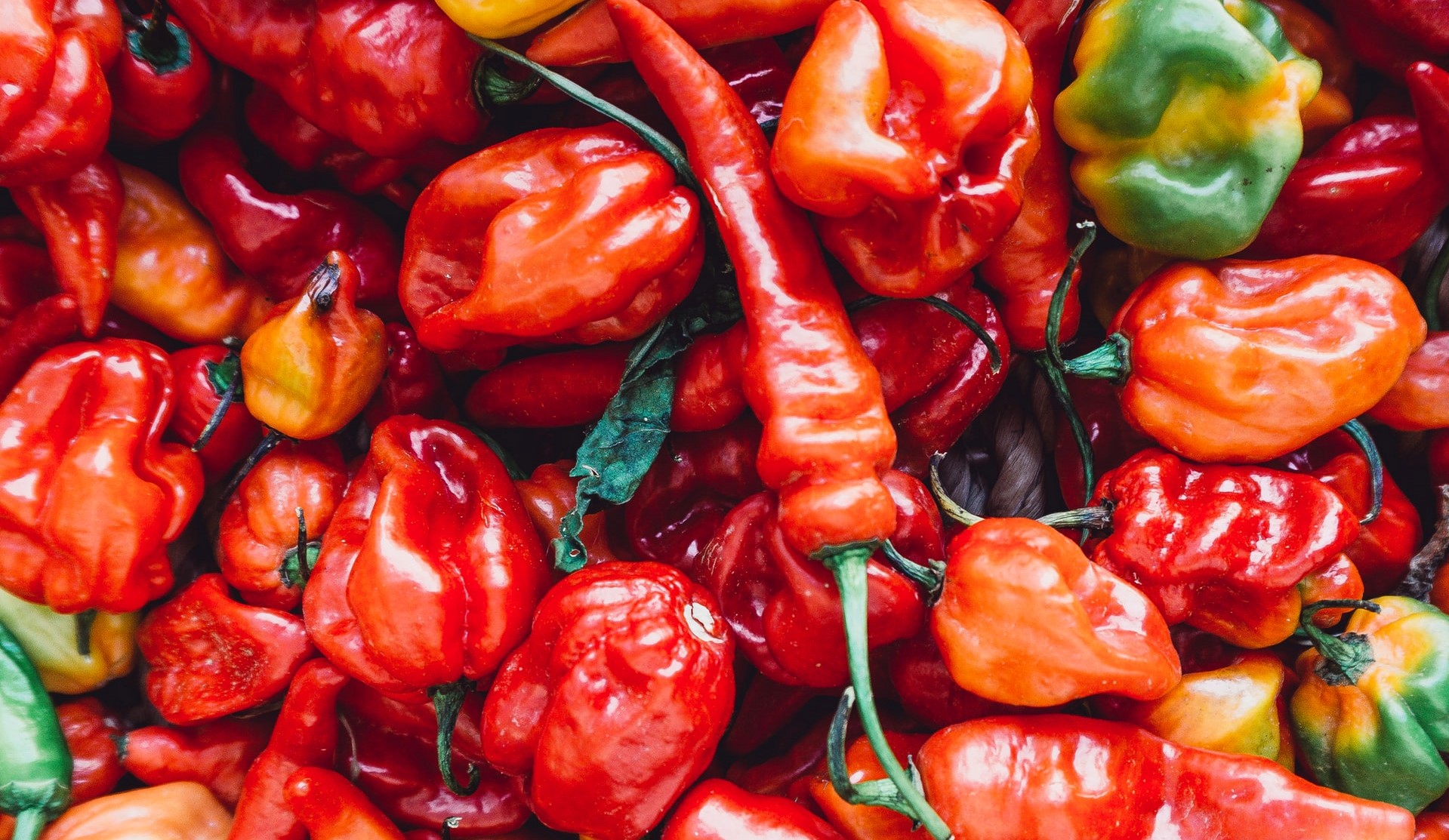All basic types of peppers existed even before their introduction to Europe. The original cultivars had small, spicy fruits, and through breeding, larger, non-spicy fruits were developed. Numerous cultivars and F1 hybrids with various characteristics have been developed worldwide, considering their application, growth type, length of the vegetation period, and resistance to diseases (especially viral ones).
Basic Classification of Cultivars Based on Use:
- Large-fruited peppers (Capsicum annuum var. macrocarpum L.)
- Small-fruited peppers or hot peppers (Capsicum annuum var. microcarpum L.)
- “Tabasco” (Capsicum frutescens L.)
Large-fruited Peppers
(Capsicum annuum var. macrocarpum L.)
Most cultivars have been developed among large-fruited peppers, including three basic types: bell peppers, kapia peppers, tomato peppers, horn peppers, and spice peppers.
Bell Peppers
The fruits are prismatic with 3 – 4 lobes or conical with a rounded or pointed tip. The ratio of the fruit’s width to length is 1:1 to 1:2.5. The pericarp (flesh) is 5 – 7 mm thick. At the technological maturity stage, the fruits are milky white, light yellow, light green, or dark green, while at physiological maturity, they turn bright red, dark red, orange, or purple.
Kapia Peppers
The fruits are flattened-conical with a pointed tip and a pericarp thickness of 5 – 7 mm. The width-to-length ratio of the fruit is 1:1.2 to 2.5. They are dark green at technological maturity and dark red at physiological maturity. They are used for roasting and making ajvar in households.
Tomato Peppers
These peppers have round or round-flattened fruits that are smooth or slightly ribbed, with a thick pericarp (5 – 7 mm). The color at technological maturity is milky white and light yellow. The diameter-to-height ratio of the fruit is 1:0.5 to 1.
Horn Peppers
These cultivars have a width-to-length ratio of 1:5 to 8, with a pericarp thickness of 3 – 5 mm. The fruit color ranges from yellow to light green at technological maturity and red at physiological maturity. They are intended for pickling using a biological method.
Spice Peppers
The pericarp of these peppers is thin (2 – 3 mm) to facilitate drying. They are dark green at technological maturity and dark red at physiological maturity. Within spice peppers, there are sweet (without capsaicin) and hot (with more or less capsaicin) cultivars. The fruits are conical with a width-to-length ratio of 1:2 to 3.
Small-fruited Peppers or Hot Peppers
(Capsicum annuum var. microcarpum L.)
Depending on the presence of capsaicin in the fruit, we distinguish between sweet and hot peppers. Various cultivars have also been developed among them, but those with conical-shaped fruits and a width-to-length ratio of 1:5 – 9 are the most widely used. The pericarp is thin, and the color at technological maturity is light green or dark green, which turns yellow or red at physiological maturity.
“Tabasco”
(Capsicum frutescens L.)
These cultivars have 2 or more very small and very hot fruits on the fertile nodes, resembling hot peppers in appearance. They are used at physiological maturity for making very hot sauces. They can also be grown as ornamental potted plants.













































